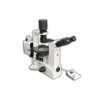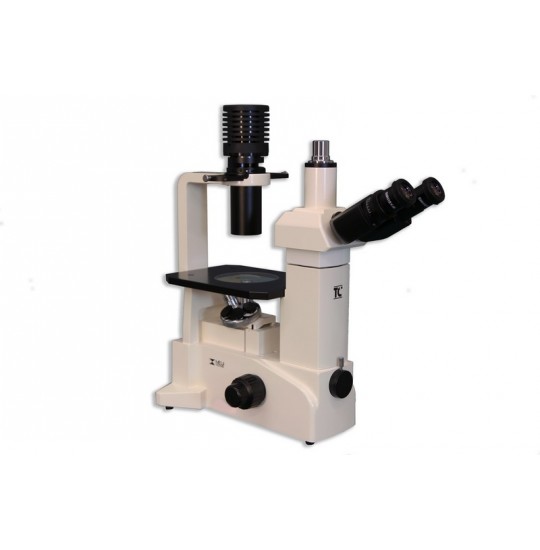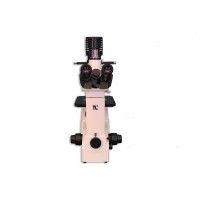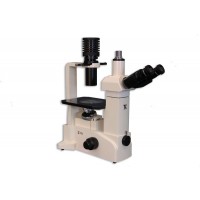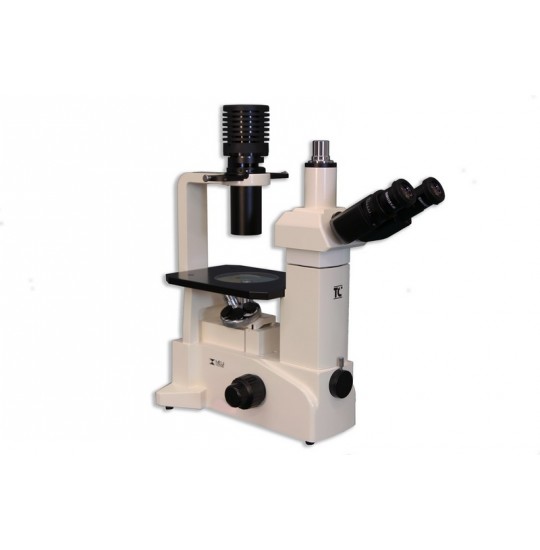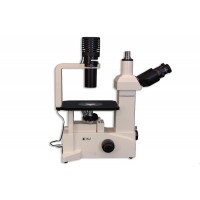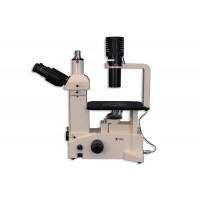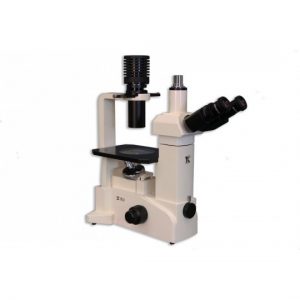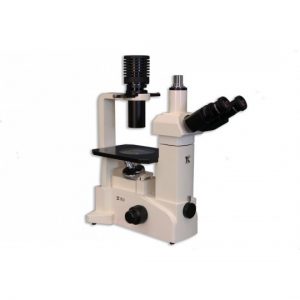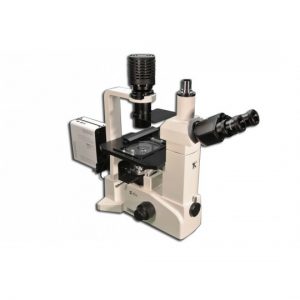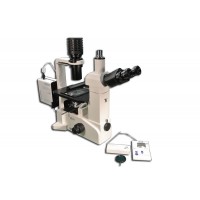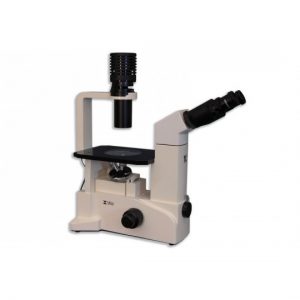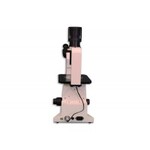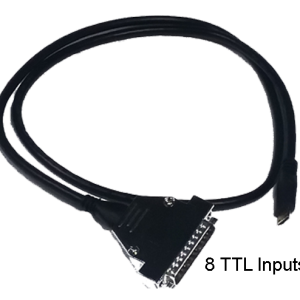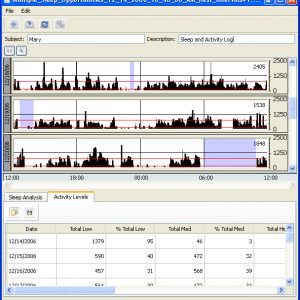Description
The TC-5000 Brightfield/Phase Contrast Series features include:
- Seidentopf type binocular head inclined at 30° or trinocular at 45°
- Equipped with 6V, 30W Halogen lamp illuminator
- N.A. 0.30 condenser
- 180mm(X) X 245mm(Y) stage with replaceable glass insert with 45mm opening
- Exchangeable observation tubes
- Integrated Automatic Voltage Sensing Power Supply with localized power cord
- Compact wedge shaped cast aluminum alloy frame for exceptional stability and a small footprint
- Chemical resistant baked enamel finish
- Flexible and modular design for system expansion
- Transparent stage plate for easy objective identification
- Low profile coaxial and fine focus controls with tension adjustment
- Precentered 30W Halogen bulb
- Front mounted CCD, analog or SLR cameras
- Integrated Automatic Voltage Sensing Power Supply with localized power cord
- Optional mechanical stage with specimen holders
Brightfield:
The simplest of all the optical microscopy illumination techniques. Sample illumination is transmitted (i.e., illuminated from below and observed from above) white light and contrast in the sample is caused by absorbance of some of the transmitted light in dense areas of the sample. Brightfield microscopy is the simplest of a range of techniques used for illumination of samples in light microscopes and its simplicity makes it a popular technique. The typical appearance of a brightfield microscopy image is a dark sample on a bright background.
Phase Contrast:
An optical microscopy technique that converts phase shifts in light passing through a transparent specimen to brightness changes in the image. Phase shifts themselves are invisible, but become visible when shown as brightness variations. When light waves travel through a medium other than vacuum, interaction with the medium causes the wave amplitude and phase to change in a manner dependent on properties of the medium. Changes in amplitude (brightness) arise from the scattering and absorption of light, which is often wavelength-dependent and may give rise to colors. Photographic equipment and the human eye are only sensitive to amplitude variations. Without special arrangements, phase changes are therefore invisible.
The TC-5300 & TC-5400 Series are suitable for viewing colorless and transparent specimens and live cells. The TC-5300 & TC-5400 Series is a contrast-enhancing optical technique that can be utilized to produce high-contrast images of transparent specimens such as living cells, microorganisms, thin tissue slices, lithographic patterns, and sub-cellular particles (such as nuclei and other organelles). In effect, the phase contrast technique employs an optical mechanism to translate minute variations in phase into corresponding changes in amplitude, which can be visualized as differences in image contrast. One of the major advantages of phase contrast microscopy is that living cells can be examined in their natural state without being killed, fixed, and stained. As a result, the dynamics of ongoing biological processes in live cells can be observed and recorded in high contrast with sharp clarity of minute specimen detail.





